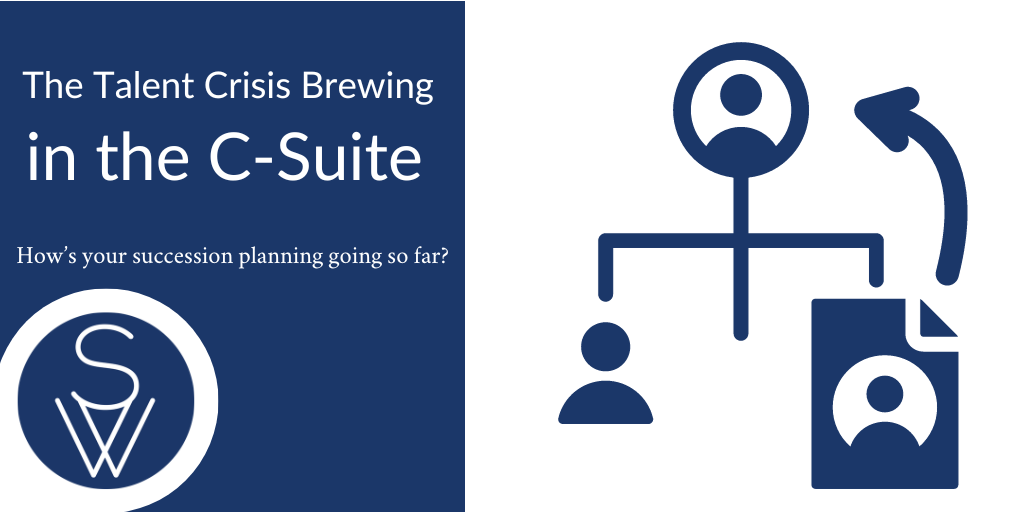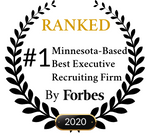"Ten thousand Baby Boomers retire daily, and somehow companies are surprised by this…"
Mary Kelly, co-author of Who Comes Next? Leadership Succession Planning Made Easy
Succession planning has been a proven linchpin of long-term organizational stability and strategic growth for decades. So why is it increasingly ignored by so many otherwise high-performing companies?
Succession planning captures and aggregates assessments of manager capabilities (skills, performance, and potential) as a springboard for creating next-role readiness lists – and career-specific development plans – for each manager. They’re living documents that provide real-time, actionable information on a company’s talent inventory, and identify each manager’s readiness for larger roles. When well designed (and thoughtfully executed), even a bare-bones succession plan helps ensure seamless operations when key leaders leave, even if unexpectedly. When neglected, bench strength atrophies, and high-potential managers, left with no clear path upward, seek advancement elsewhere.
The business protocol that most leaders agree is important, but very few prioritize
For decades, this fundamental discipline has remained underused (or fully ignored) by a majority of U.S. organizations, a fact recently explored by the Society for Human Resources Management (SHRM). When SHRM recently surveyed HR professionals, they found that more than one-third (36%) of organizations have no succession planning process, another 24% have what they describe as an “informal” one, and 20% have no plan whatsoever, but an intention “to develop one.” Barely one-fifth of respondent companies (21%) stated that they have a formal succession plan in place.
Why? The two biggest reasons cited by study respondents were a lack of time and resources to build one (31%), and a stated belief that their organization is “too small” to warrant one (18%). But given our current, sustained period of painful talent shortages, there must be more to the story. In a recent episode of MPR’s “Morning Edition,” host Laila Fadel spoke with author and executive leadership expert, Cindy Solomon, who points to other, deeper issues driving these failures.
A long-brewing procedural breakdown quietly amplifies the talent shortage
According to Solomon, even organizations that are committed to leadership development for their mid-level managers stop investing in it at the C-suite level. It’s an unforced error, stemming from the faulty perception among board members and other senior leaders that C-suite executives should already have all the skills they need.
Compounding the issue are what Solomon characterizes as two unfortunate, ego-driven mistakes: many C-suite executives are reluctant to admit what they don’t know or to ask for help; and many CEOs fail to fully prepare their successors to take over the reins successfully because, she says, “building your successor at that CEO level… requires a subjugation of your own ego to the needs of the organization… to turn over the keys to the kingdom… to let their successor in on the secrets of things that only they know about.” Turns out, the same drive, ownership, and competitiveness that catapults so many talented leaders into the CEO role can, if unchecked and unguided by rigorous organizational oversight, lead them to unwittingly undermine their successors.
According to SHRM, the cold hard facts surrounding baby boomer retirements should prompt every organization to get their succession plans in order. Yet, “many organizations don't think about succession planning until someone retires or dies,” creating what Kelly describes as “a crisis situation, which leads to poor decisions.”
The consequences are predictable and far-reaching: as the most promising managers hovering below the C-suite level see no realistic growth opportunities, they go elsewhere, leaving a talent gap in their wake that often goes unnoticed until the CEO does leave. Their replacement, drawn from a weak bench, often fails, prompting boards to scramble, often calling back the former CEO, a phenomenon known as “boomerang CEO syndrome” as evidenced in recent, high profile organizations including Starbucks, Disney, and others.
Fact: employers with well-defined succession plans make better hiring decisions
As an executive recruiter, I see it regularly: a clear difference between hiring managers who are armed with succession plan data and those who aren’t. With a plan in hand, the hiring manager can see past the urgencies of one open role and prioritize the core competencies they need most, long term, to strengthen their team. As we continue to navigate these unprecedented times, it is critical to remember that an effective succession plan lies at the core of an organization’s ability to build the kind of bench strength necessary to meet new market challenges, thrive during difficult times, and weather unexpected departures.









